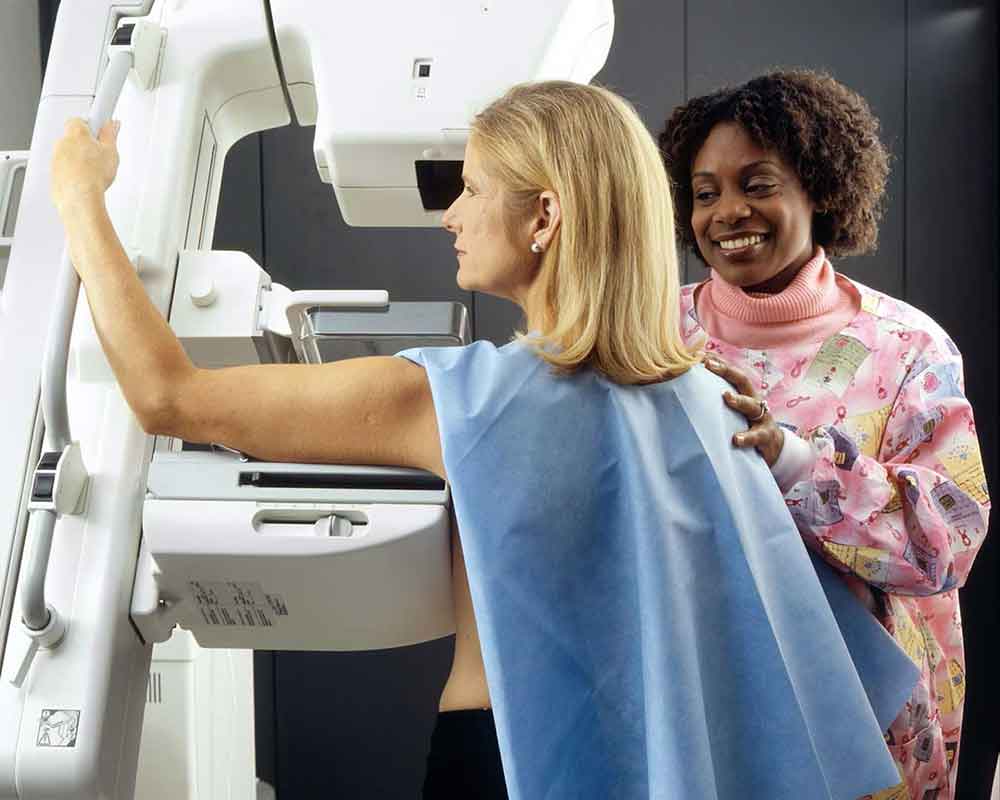
Perhaps you have recently received your mammogram report and have learned that you have dense breasts.
What Does It Mean To Have Dense Breasts?
The breast is composed of three types of tissue – fibrous, glandular, and fatty. Breast density reflects the amount of fibrous and glandular tissue in the breasts as seen on mammograms.
– 10% of women will have almost entirely fatty breast tissue
– 40% of women will have scattered dense glandular and fibrous tissue
– 40% of women will have heterogeneously dense tissue with many areas of glandular and fibrous tissue
– 10% of women will have extremely dense tissue
So approximately 50% of women will receive a mammogram report stating that the breasts are dense.
Why It’s Important To Know If You Have Dense Breasts?
Women with dense breasts have a higher chance of developing breast cancer. The reason for this is uncertain. Secondly, dense breast tissue can make interpreting mammograms more difficult as breast cancers may be hidden.
What To Do If You Have Dense Breast Tissue?
You can certainly discuss your overall breast cancer risk with your OB/GYN. There are 2 commonly used models to calculate breast cancer risk – the Gail model and the Tyrer-Cuzick model. If your risk for breast cancer is high using one of these models, additional imaging may be recommended. There is also the option of a supplemental test called a FAST MRI. Breast MRI is not limited by breast density like a mammogram. FAST MRI takes just a few minutes and can detect breast cancers that may be missed on routine mammography. Unfortunately, FAST MRI is not covered by insurance and is an out-of-pocket expense. You can discuss the pros/cons of supplemental testing with your OB/GYN.

